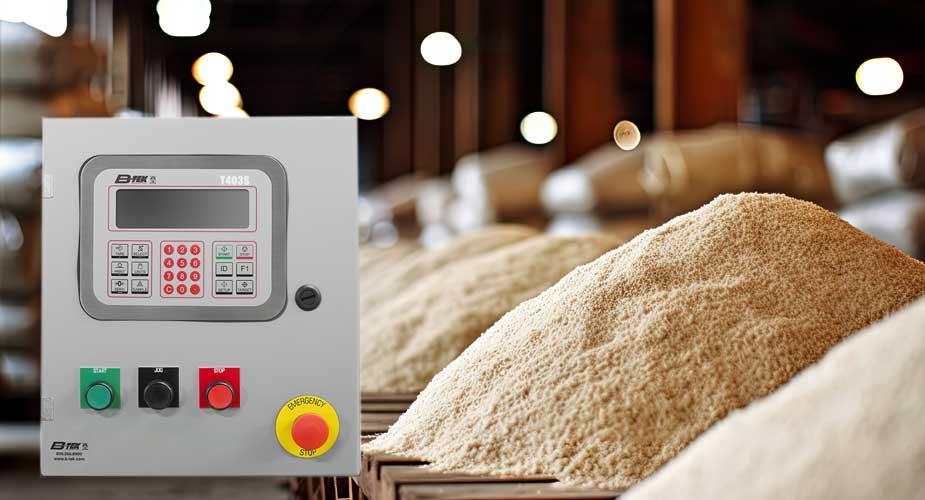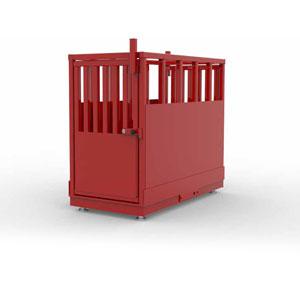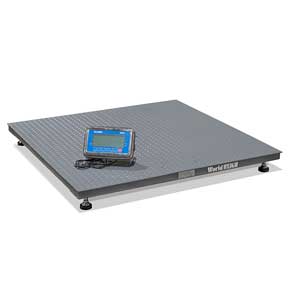The B-TEK Learning Center
Resources to help you scale your business with B-TEK.

Expired
There are numerous opportunities to enhance your efficiency in processing operations by incorporating a batch controller system. Below are some scenarios where implementing a batch controller can be advantageous:
1. Manual Fill Operations: When operators are manually filling containers with liquids and solids, a batch controller can help streamline the process by automating the filling and ensuring accuracy.
2. Totes Filling and Floor Scales: Utilizing a batch controller in conjunction with floor scales for filling totes can provide precise measurements and efficient operations.
3. Dispensing from Totes with Floor Scales: Operators dispensing materials from totes while using a floor scale can improve control and accuracy with the assistance of a batch controller.
4. Filling Tanker Trucks: Managing the filling of multiple-compartment liquid and solid tanker trucks can be optimized for accuracy and efficiency through the use of a batch controller system.
5. Hopper Usage: Automation in hoppers for batching, storage, and liquid processes can be achieved with a batch controller, ensuring consistent and controlled material flow.
6. Storage and Mixing Tanks: Implementing batch controllers in storage and mixing tanks enables precise control over ingredients and enhances the mixing accuracy for improved product quality.
7. Bucket Filling: Utilizing a batch controller for bucket filling operations can automate the process, ensuring consistent fill levels and reducing the potential for errors.
2. Totes Filling and Floor Scales: Utilizing a batch controller in conjunction with floor scales for filling totes can provide precise measurements and efficient operations.
3. Dispensing from Totes with Floor Scales: Operators dispensing materials from totes while using a floor scale can improve control and accuracy with the assistance of a batch controller.
4. Filling Tanker Trucks: Managing the filling of multiple-compartment liquid and solid tanker trucks can be optimized for accuracy and efficiency through the use of a batch controller system.
5. Hopper Usage: Automation in hoppers for batching, storage, and liquid processes can be achieved with a batch controller, ensuring consistent and controlled material flow.
6. Storage and Mixing Tanks: Implementing batch controllers in storage and mixing tanks enables precise control over ingredients and enhances the mixing accuracy for improved product quality.
7. Bucket Filling: Utilizing a batch controller for bucket filling operations can automate the process, ensuring consistent fill levels and reducing the potential for errors.
Automating batch processes with batch controllers offers numerous benefits to industrial operations, including enhanced accuracy, consistency, and efficiency. By minimizing manual interventions and human errors, companies can maintain product quality standards and improve overall productivity. Additionally, batch controllers provide real-time monitoring and data logging capabilities, enabling better tracking of production processes and facilitating more informed decision-making.
When selecting a batch controller for your specific application, consider factors such as the type and volume of materials being handled, the level of automation required, integration with existing equipment, and compatibility with communication protocols for seamless data exchange. It is important to work with an experienced industrial scale manufacturer to ensure that the batch controller is properly configured and calibrated to meet your production needs.
By investing in automated batch controllers, companies can optimize their batching processes, increase operational efficiency and ultimately, improve their bottom line.









